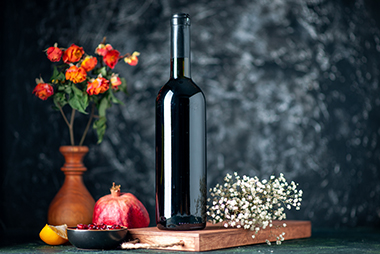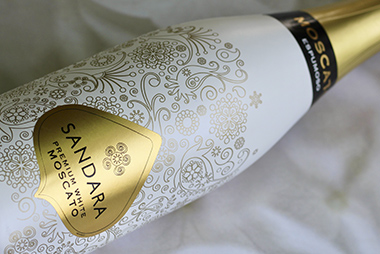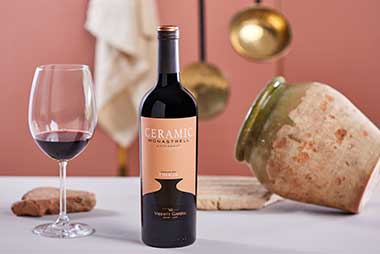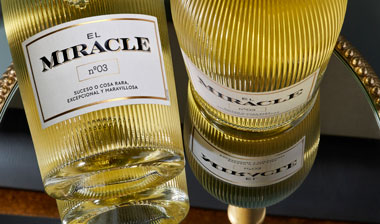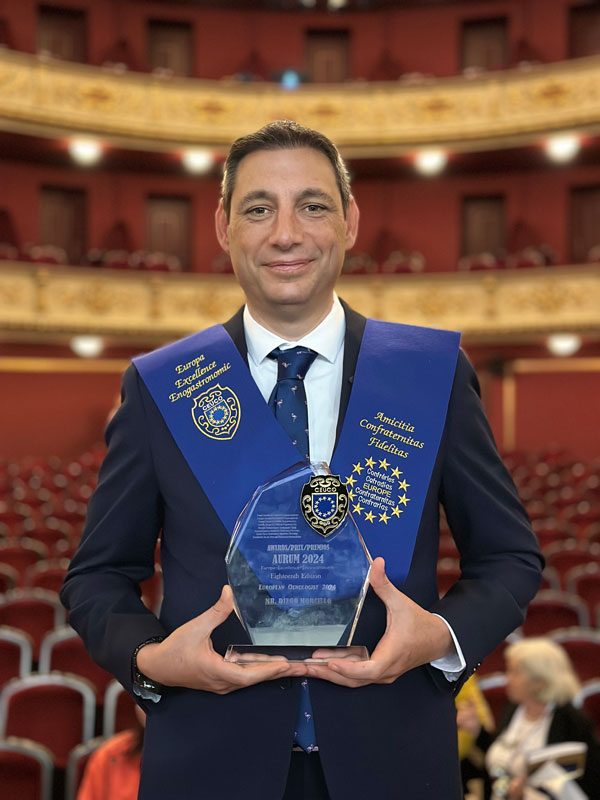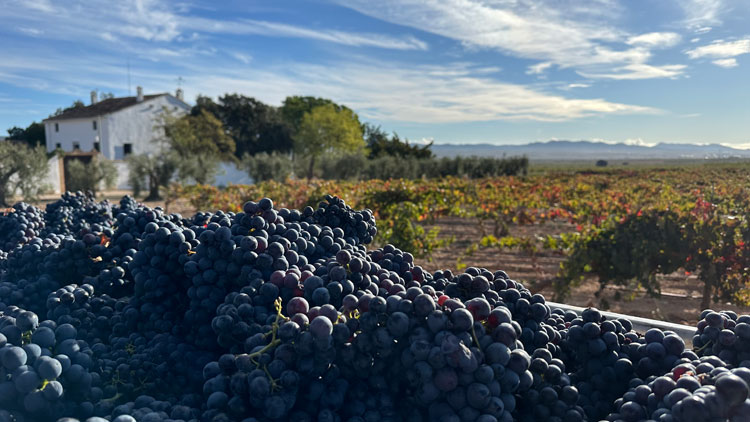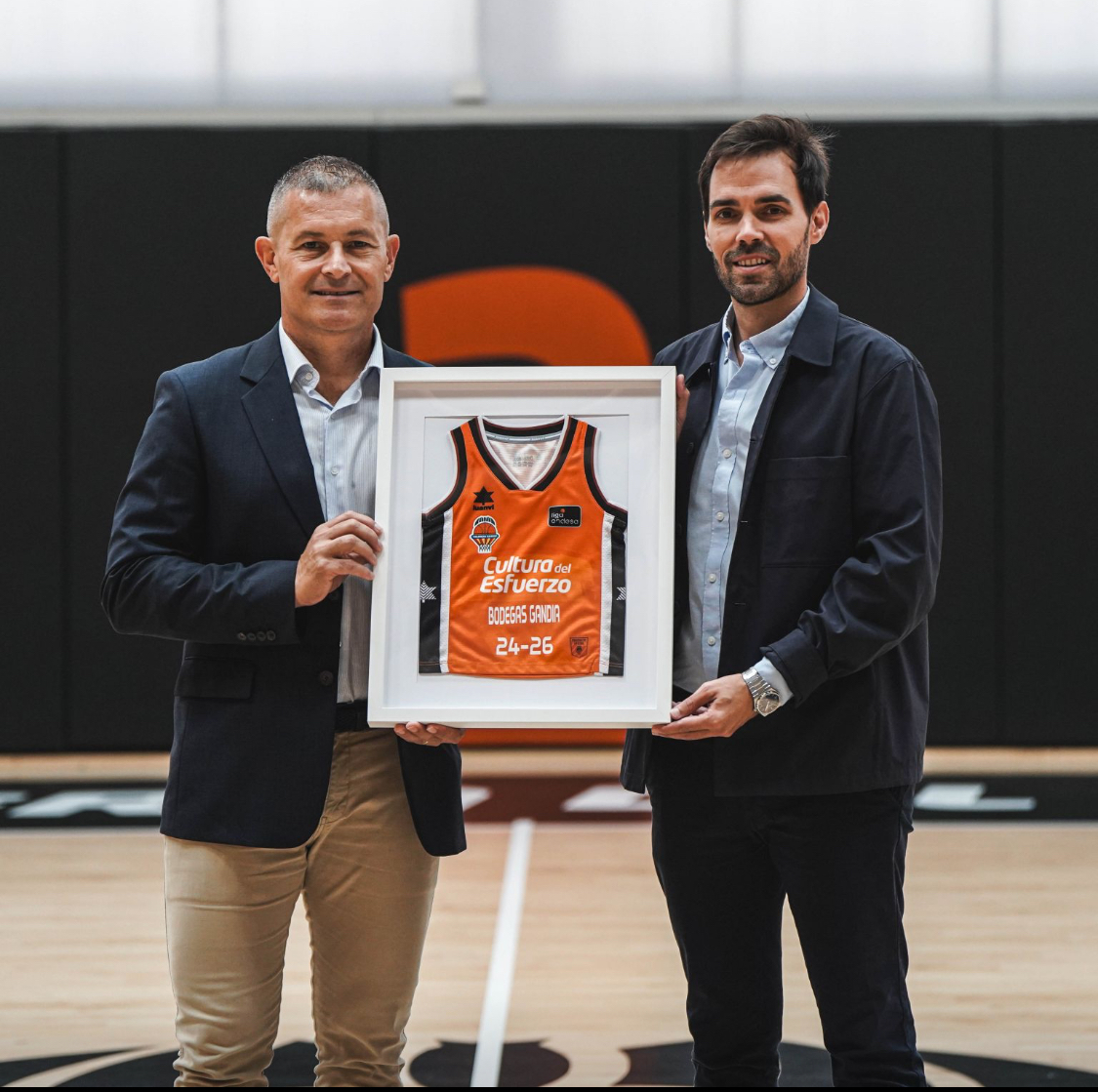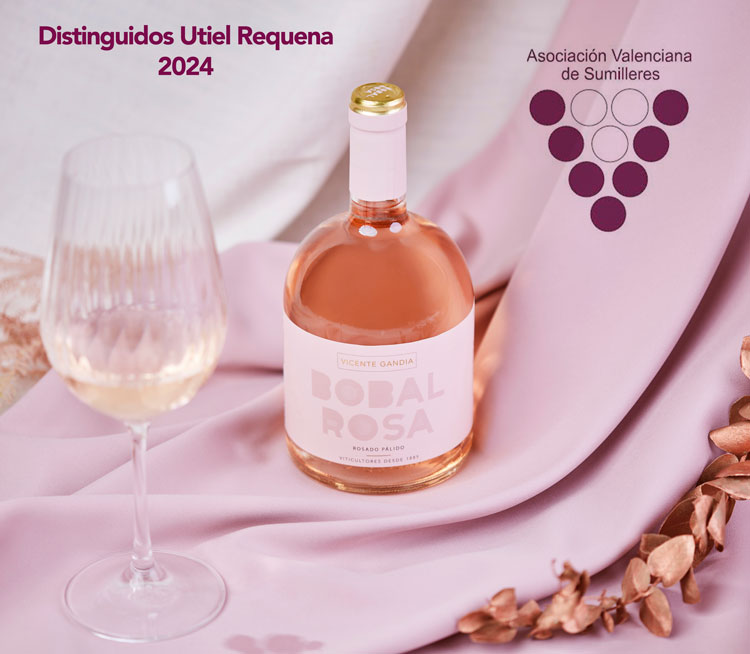As it happens with people, the most important thing in wine is also inside…However, as it happens on Instagram, the first thing we see is the exterior and that is what catches our attention.
With an eye-catching bottle, the chances of attracting the consumer are much higher. Today we will talk about the first thing we see when we look at a wine, the bottle.
Glass is an ideal material for transporting and storing wine. It is 100% recyclable, aseptic, chemically inert and resistant to high temperatures.
Blown glass bottles produced by Venetian artisans since the 13th century are used, but as far as we know, the first industrial glass bottles began to be manufactured in 1821 by an English company, based in Bristol H. Ricketts & Co. Glass Works, who patented a mold method very similar to the current one.
Since then, glass bottles have evolved and there are so many shapes, sizes and colours that it’s almost impossible to know all the variants.
That is why they have been classified according to their main characteristics and recommended types of wine.
Depending on their shape, we can speak of Burgundy bottles that owe their name to said French region. It’s the oldest type of bottle known, they are wide and with drooping shoulders. An example of it would be the bottle that we use in Con un Par Monastrell.
Then, we have the Bourdeaux type bottles, which are the most common type of bottle today. Originally from Bordeaux, they are cylindrical and with straighter shoulders, like our Hoya de Cadenas Reserva.
About to leave France, between Alsace and Germany, we find the Rhin (or Alsatian) type bottles, very slender with drooping shoulders and quite tall.
They are often used in white wines (typical of the Rhine slopes) and also in rosés. Our Fusta Nova Blanc or Avento wines come in this type of bottle.
We continue with the Champagne or Cava bottles, similar in shape to Burgundy, but heavier due to the thicker walls to withstand the pressures generated in the successive fermentations.
All our cavas and recently our Barón de Valls Ice sparkling wines include this type of bottle. There are other types, but these are the most common.
It may seem easy so far, but it gets more complicated with the colours…
The color of the glass in addition to its aesthetic component serves as a protector of the wine. The darker the glass, the better protection it offers for wines intended to age in the bottle.
On the other hand, in white wines and especially in rosés, transparent colors are sought so that the consumer can appreciate the color of the wine, also taking into account that in general they are wines quick to consume.
Each glass manufacturer uses its own nomenclature but the most common colors are:
Extra white, for high-end rosé and white wines (our VG Bobal Blanco)
White, for white and rosé wines (our Miracle nº3 and nº5)
Extra clear (or Georgia Green, Miblanc…) It is the color of the traditional Coca Cola bottle and is used for fruity white wines like our Castillo de Liria Blanco.
Dead leaf or Moss, for special white wines, such as our Hoya de Cadenas Chardonnay.
Emerald Green, the most common colour in young red wines.
Dark Green or Eurogreen, for aged red wines, like our Bo.
Cinnamon is also used in aged red wines, such as our Finca del Mar range.
Topaz, Amber, color closer to blue or brown, with a high level of protection (about 90%).
Black, very dark glasses, for aging wines (ports etc …).
And finally we can classify the bottles according to their capacity. Although we leave that for another occasion…

Article written by:
José María Busquets
Purchasing and Operations Director of Bodegas Vicente Gandia

